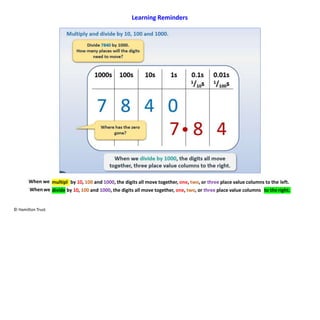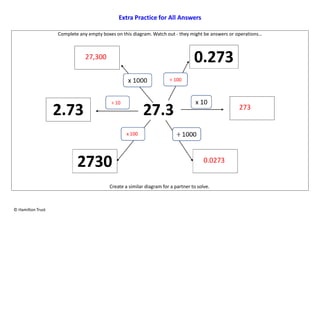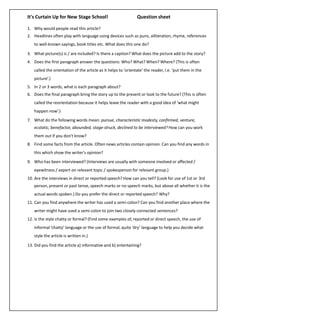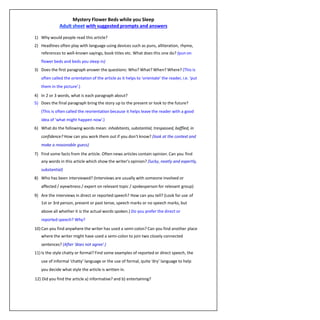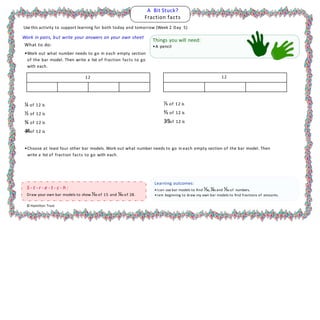The document provides instructions and materials for a math lesson on fractions. It includes learning reminders on equivalent fractions, practice sheets with questions to complete, and a "bit stuck" section for additional support. The practice sheets contain questions about identifying equivalent fractions using a fraction wall, writing fractions with the same denominator to order them, and circling equivalent fractions among options. Checking understanding questions ask students to write fractions as fractions with the same denominator and order them.



